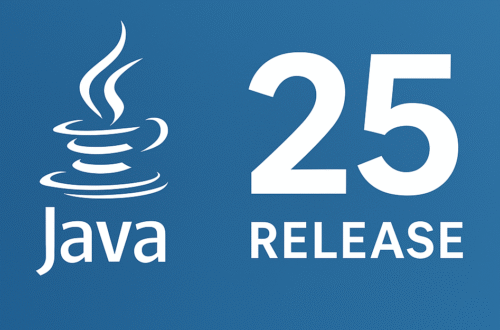1. Introduction
In Java, every variable has a data type, which defines both the kind of values it can store and the operations that can be performed on it. As a result, data types act as the foundation of Java programming because they ensure type safety while also supporting efficient memory management. Moreover, when you select the correct data type, your program runs more smoothly and consumes less memory. On the other hand, choosing the wrong type may waste resources or even cause errors during execution.
2. Categories of Data Types in Java
Java provides two main categories of data types:
- Primitive Data Types (built-in, predefined by Java)
- Non-Primitive Data Types (objects and references)
3. Primitive Data Types in Java
Java has 8 primitive data types. These are the simplest building blocks.
| Data Type | Size | Default Value | Range | Example Usage |
|---|---|---|---|---|
byte | 8-bit | 0 | -128 to 127 | byte b = 100; |
short | 16-bit | 0 | -32,768 to 32,767 | short s = 3000; |
int | 32-bit | 0 | -2,147,483,648 to 2,147,483,647 | int num = 100000; |
long | 64-bit | 0L | huge range | long big = 1000000000L; |
float | 32-bit | 0.0f | 7 decimal digits precision | float pi = 3.14f; |
double | 64-bit | 0.0d | 15 decimal digits precision | double d = 3.14159265359; |
char | 16-bit | ‘\u0000’ | 0 to 65,535 (Unicode) | char c = ‘A’; |
boolean | 1 bit (JVM dependent) | false | true / false | boolean flag = true; |
📝 Key Notes:
intworks best for most integer calculations- When numbers go beyond the
intrange, switch tolong - For decimal values, you can choose
floatordouble, thoughdoubleis usually preferred for higher precision. - A
booleanis the right choice whenever you need to represent true/false conditions.
4. Non-Primitive Data Types in Java
Non-primitive (also called reference types) store memory addresses of objects instead of raw values.
Examples include:
- Strings (
String name = "Java";) - Arrays (
int[] numbers = {1,2,3};) - Classes (
class Person { }) - Interfaces
- Objects created from custom classes
💡 Non-primitive types are created by programmers and are not defined directly by the Java language, except String (which is special).
5. Type Conversion in Java
Java allows converting between compatible data types.
Widening Conversion (Automatic / Implicit)
Smaller → Larger type conversion happens automatically.
Example:
int num = 100;
double d = num; // automatic conversion
Narrowing Conversion (Explicit / Casting)
Larger → Smaller type conversion requires explicit casting.
double d = 9.78;
int num = (int) d; // manual casting
6. Wrapper Classes
Every primitive type has a corresponding 👉wrapper class in java.lang package.
These are used when working with collections or frameworks that require objects instead of primitives.
| Primitive | Wrapper |
|---|---|
| byte | Byte |
| short | Short |
| int | Integer |
| long | Long |
| float | Float |
| double | Double |
| char | Character |
| boolean | Boolean |
Example:
int num = 10;
Integer obj = Integer.valueOf(num); // wrapping
int n = obj; // unwrapping
7. Memory Usage & Performance
- Primitive types are stored directly in stack memory, fast and efficient.
- Objects (non-primitives) are stored in heap memory, and variables hold references to them.
- Choosing the right data type improves performance and reduces memory consumption.
8. Real-World Examples
- Banking application: Use
longfor account numbers,doublefor balance. - Gaming: Use
floatfor character positions,booleanfor game status. - Text Processing: Use
Stringfor player names,charfor symbols.
📝Summary
- Java provides 8 primitive types and multiple non-primitive types.
- On the other hand, primitives are fast and memory-efficient, while objects are powerful and flexible.
- Always choose the appropriate type for efficiency.
- Wrapper classes allow primitives to be used as objects.
FAQ Section
Q1: What are the 8 primitive data types in Java?
They are byte, short, int, long, float, double, char, boolean.
Q2: What is the difference between primitive and non-primitive data types in Java?
Primitives store raw values, while non-primitives store references to objects.
Q3: Why use double instead of float in Java?double is more precise (15 digits) compared to float (7 digits).
Q4: Is String a primitive type in Java?
No, String is a non-primitive type, but it’s treated specially in Java.
